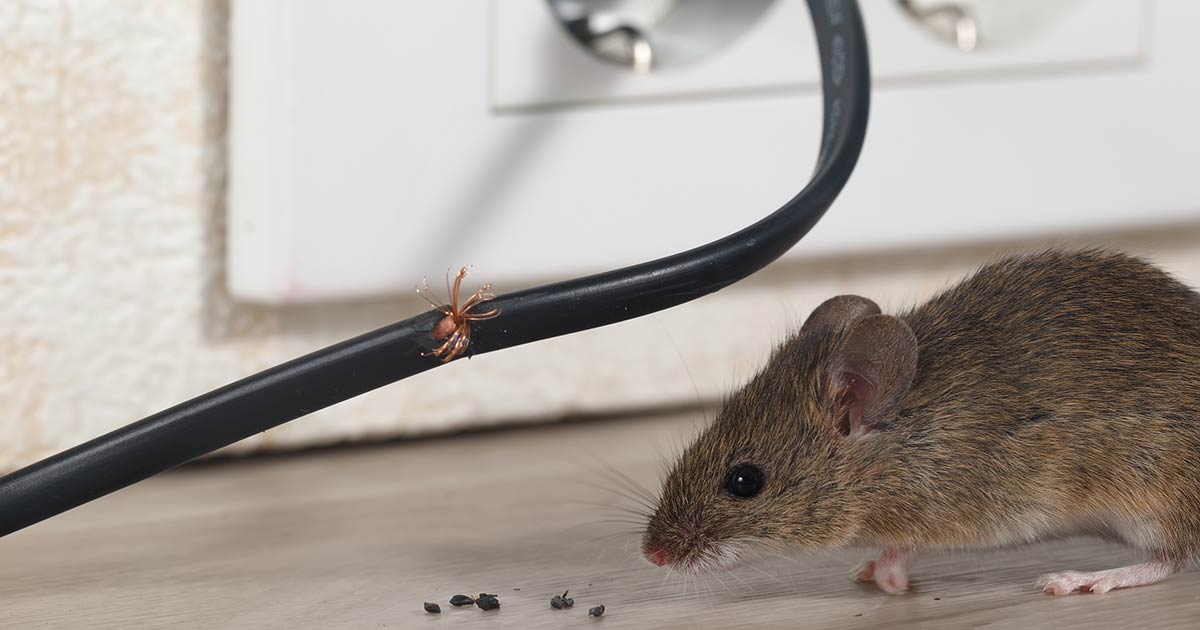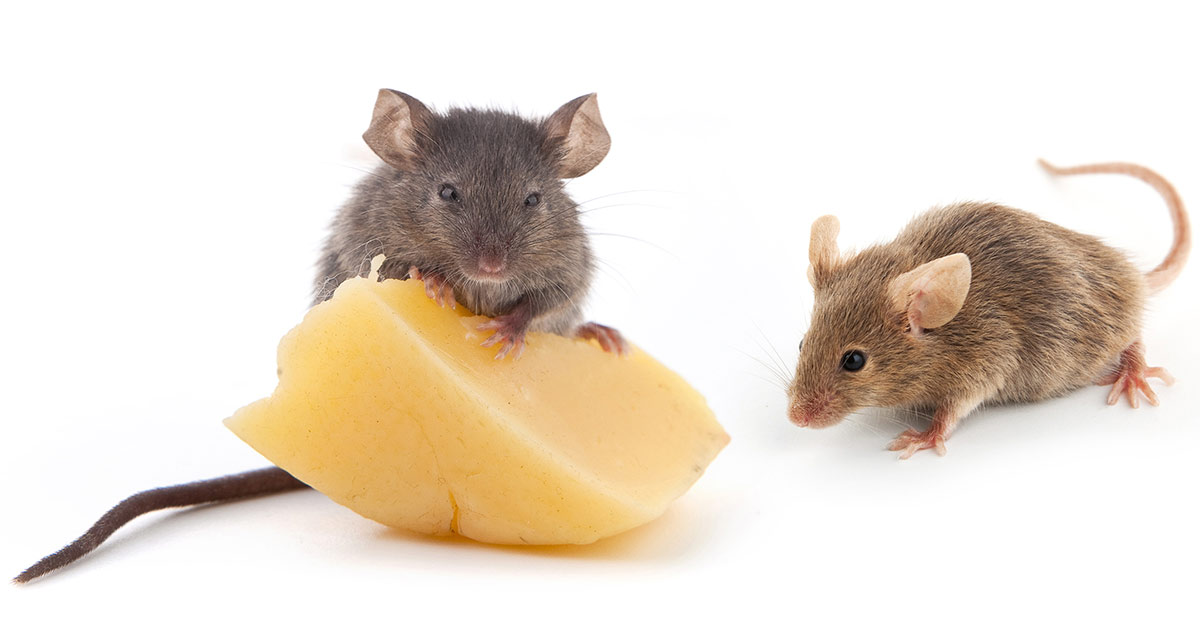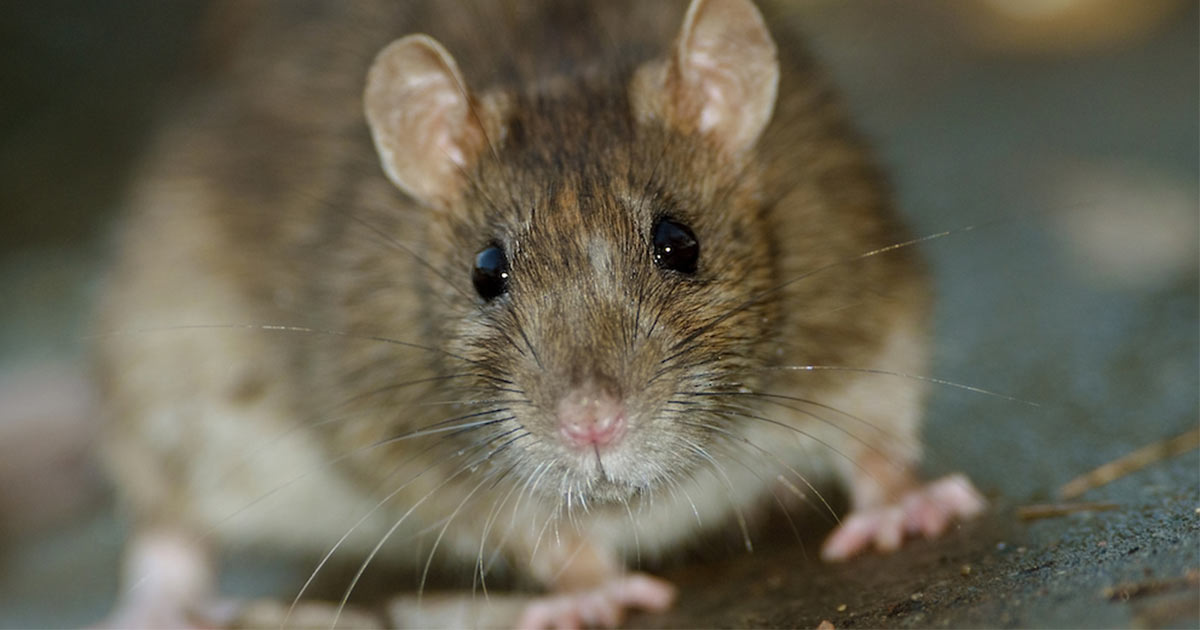How to Protect and Rid Your Home of Rats and Mice
Few pests match the power of rats and mice to disrupt a happy home. These destructive rodents contaminate food, create fire hazards by chewing wiring, and threaten your family's health. Dealing with rats and mice calls for quick action—one pair of mating mice can lead to thousands of descendants in a single year!1 Equipped with knowledge and effective controls, you can win the battle and protect your home and family against rats and mice.
Identifying rats and mice is the first step to effective control
Three types of rats and mice commonly invade U.S. homes: Norway rats, roof rats, and house mice. Unlike native rodents that prefer fields and woods, this trio of non-native invaders prefers living close to humans.
Though they all have hairless tails, other features make these three pests easy to tell apart:
- Norway rats, also known as brown rats or sewer rats, weigh 1 pound or more when mature. Their stocky, brown-gray bodies have rounded noses, small eyes and ears, and tails shorter than their heads and bodies combined.
- Roof rats, also known as black rats, weigh around .5 pounds when mature. Their slender gray-black bodies have pointy noses, large eyes and ears, and tails longer than their head and body length.
- House mice, smaller in all ways, typically weigh .5–1 ounce. From tip to tip, their gray-brown bodies measure 8 inches at most, less than half the length of rats.1,2
Rats and mice have distinct living preferences
Though they share an attraction to human dwellings, rats and mice choose different spots in homes. Norway rats are burrowing pests that live in underground nests and tunnel under floors and foundations, causing damage in the process.
Roof rats, as their name suggests, prefer higher ground such as wall cavities and attics. They often enter homes from roofs via nearby trees or utility lines. House mice are less particular. They nest high and low, in everything from walls and window casings to boxes and drawers.
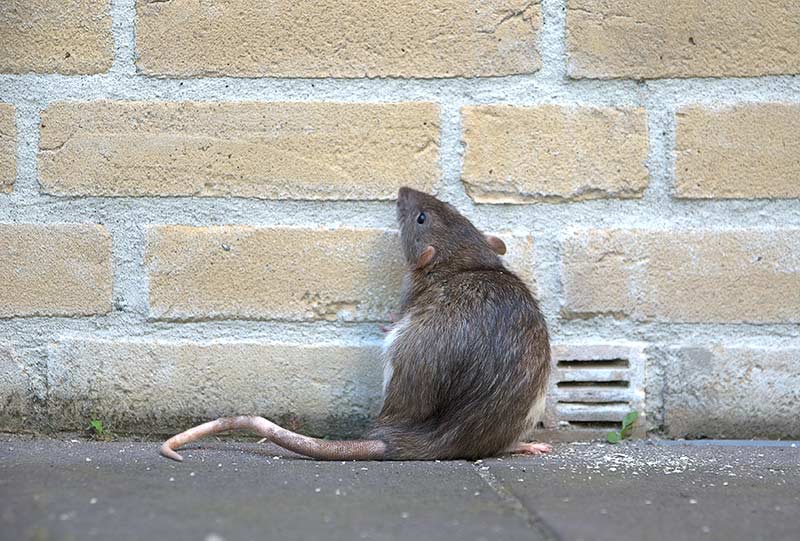
Rats can squeeze through holes as small as a 1/2 inch.
Rats and mice reproduce prolifically in their short lives
Compared to humans, rats and mice live very short lives. House mice live about one year; Norway and roof rats live one to two years. However, these pests make up for limited lifespans with their ability to multiply.
Norway rats have up to six litters per year, each with seven to eight offspring known as pups. Roof rats have three or more litters annually, with up to eight pups each. In just three short months, rat offspring start having litters of their own.
House mice typically have just five to six pups per litter, but these prolific pests have up to 13 litters per year. Mice pups begin reproducing as early as six weeks after birth.2
Signs, sounds, and smells signal rats and mice have moved into your home
Unless rat or mouse infestations are severe, you may not see these nocturnal pests. But as they move through your home at night, they urinate and defecate, leaving signs and smells behind them.
Rats and mice produce dark, capsule-shaped droppings. Norway rat droppings have rounded ends and measure about 3/4 inches in length. Roof rat droppings, 1/2-inch long, have one pointed end. Mouse droppings have at least one pointy end and measure a 1/4 inch or less.3
Dark, greasy smudge marks along walls, baseboards, and pipes show rats rubbed as they passed by. Telltale debris, such as shredded insulation, hints at nesting mice nearby.
Nighttime sounds include gnawing, scratching, or scurrying feet in walls and ceiling voids. Gnaw marks on electrical wiring and cables, and gnawed holes in woods and plastic are other signs of these destructive pests at work.
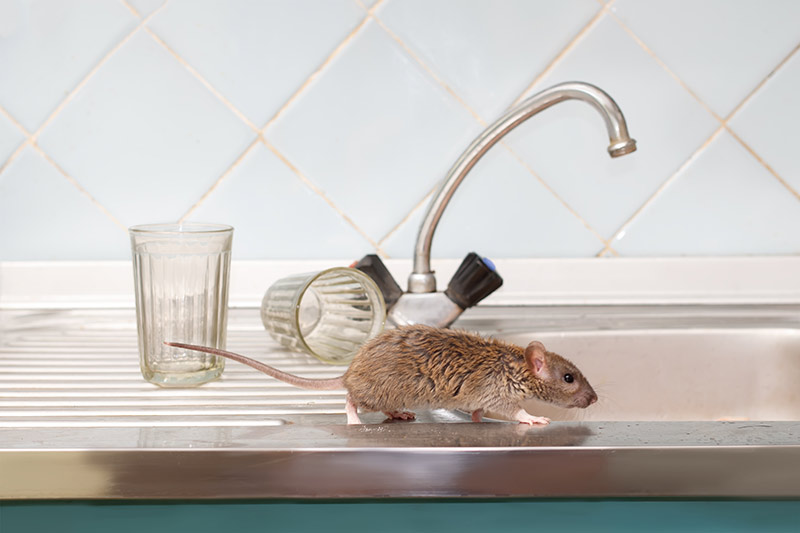
Rats and mice contaminate foods and surfaces.
Rats and mice carry parasites, ticks, disease—and they bite
The Centers for Disease Control and Prevention report that rats and mice spread more than 35 diseases.4 Some of these diseases, including hantavirus, plague, and rat-bite fever, transmit directly through contact with contaminated droppings, urine or saliva, and bites. More than 15,000 human rat bites are reported annually in the United States.5
Rats and mice spread other diseases indirectly with the help of mites, fleas, ticks or other pests. These include illnesses such as rat lungworm disease as well as tick-borne pathogens that cause Lyme disease, Rocky Mountain spotted fever, and other serious tick-borne illnesses.
Good maintenance, sanitation, and effective traps control and protect against infestation
As part of effective rat and mice control, seal up any cracks or crevices to help keep new rats or mice from entering your home. Rats can squeeze through holes just a 1/2 inch in diameter. Mice can fit through holes half that size.1 Good sanitation is essential, too. Keep trash cans away from your home and keep your foundation free of all debris, including weeds.
For mice and rats already inside, turn to Amdro® brand mouse and rat traps for innovative, effective rodent control. Amdro® Mouse Traps and Amdro® Rat Traps provide a safer, cleaner way to kill rats and mice quickly—guaranteed.
With the revolutionary Amdro® ring design, the mouse or rat dies beside the trap, not in it, with no blood and no mess. Each economical, reusable trap comes with 12 rings—that means no contaminated traps to clean between uses. Plus, with no poison involved and no snapped fingers at risk, these easy-to-use traps are ideal for households with children and pets.
With a hand from Amdro®, you can put a stop to rats and mice more safely and more easily. Amdro® is committed to providing you with premium pest controls and the knowledge you need to end pest disruptions, rest easy, and enjoy your home.
Amdro is a registered trademark of Central Garden & Pet Company.
Sources:
1. J.B. Armstrong, "Controlling Rats and Mice Around Your Home," Alabama Cooperative Extension.
2. Texas A&M AgriLife Extension, Wildlife Services,"Managing Rats & Mice," June 2013.
3. M.F. Potter and G.M. Beaver, "Rodent Control," University of Kentucky Department of Entomology, March 2017.
4. Centers for Disease Control and Prevention, "Rodents," July 2010.
5. The Humane Society of the United States, "What to Do About Wild Rats."

